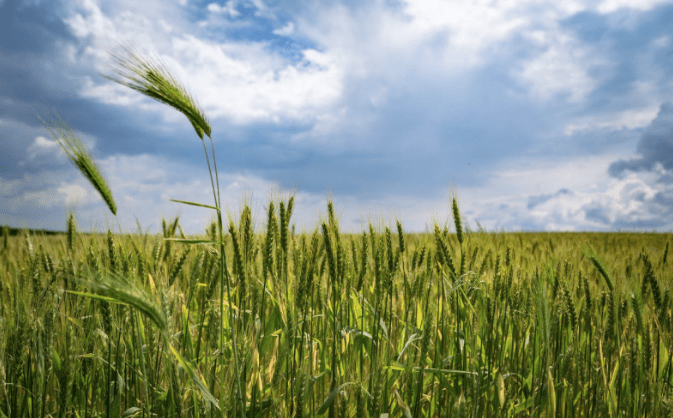
The agricultural sector is continuously evolving, with new technologies and products being developed to enhance crop yield and health. Among these innovations, plant biostimulants have emerged as a key tool for farmers looking to improve the growth and resilience of their crops. However, with a plethora of options available, choosing the right plant biostimulants can be a daunting task. This article provides seven essential tips to help you select the most suitable plant biostimulant products for your farm.
1. Understanding Plant Biostimulant Products
Understanding plant biostimulant products is a crucial first step for farmers looking to enhance crop growth and resilience. Plant biostimulants encompass a diverse range of substances and microorganisms that stimulate natural plant processes, improving nutrient uptake, efficiency, and tolerance to environmental stresses. Unlike traditional fertilizers that supply nutrients directly, biostimulants work by bolstering the plant’s inherent abilities. This can lead to improved growth, yield, and overall health of the crops. When selecting a biostimulant, it’s important to consider its composition, the specific mode of action, and how it meets the unique requirements of your crops.
2. Identify Your Crop’s Specific Needs
Identifying your crop’s specific needs is a fundamental aspect of selecting the right plant biostimulant. Each type of crop has its unique set of requirements and challenges. For instance, some crops may need support in root development, while others might require assistance in nutrient absorption or resilience against environmental stresses like drought or salinity. Understanding these specific needs is critical in choosing a biostimulant that can effectively address them. This step involves assessing the growth stages of your crops, the prevailing environmental conditions, soil health, and any particular stressors your crops are facing.
3. Research the Active Ingredients
The effectiveness of a biostimulant largely depends on its active ingredients. Common ingredients include humic and fulvic acids, seaweed extracts, amino acids, and beneficial microorganisms like mycorrhizae. Each of these components works differently. For instance, humic acids improve soil structure and nutrient availability, while seaweed extracts are known for enhancing plant growth and stress resistance. Research the active ingredients in each biostimulant to ensure they align with your crop’s needs.
4. Consider the Application Method
Biostimulants can be applied in various ways, including foliar sprays, soil drenches, and seed treatments. The application method can affect the efficiency and effectiveness of the product. Foliar applications are typically more suitable for immediate absorption and quick effects, whereas soil applications may provide longer-lasting benefits. Choose a biostimulant with an application method that fits your farm’s operational capabilities and the specific requirements of your crops.
5. Evaluate Compatibility with Other Agricultural Inputs
Evaluating the compatibility of plant biostimulants with other agricultural inputs is a critical step for farmers aiming to integrate these products into their existing farming practices. Biostimulants should work in harmony with the fertilizers, pesticides, and other treatments used on the farm. Incompatibility can lead to reduced effectiveness or even adverse effects on crop health and yield. When assessing compatibility, consider the chemical and biological interactions that might occur. For example, certain biostimulants might enhance the uptake of nutrients from fertilizers, thereby increasing efficiency. On the other hand, some combinations could lead to nutrient imbalances or negatively impact the microbial balance in the soil.
6. Look for Trials and Scientific Evidence
Reliable scientific evidence and field trials are crucial in assessing the effectiveness of biostimulants. Look for products that have been tested in conditions similar to those on your farm. Studies and trials can provide valuable information about expected outcomes, application rates, and potential return on investment. Products backed by solid scientific research are generally more reliable and effective.
7. Consider Environmental Impact and Sustainability
Considering the environmental impact and sustainability of plant biostimulants is essential in modern farming practices. Sustainable biostimulants are those that not only boost crop yield and health but also minimize ecological footprints. This involves choosing products derived from natural, renewable sources, and those that reduce dependency on chemical fertilizers and pesticides. Such biostimulants can improve soil health, reduce runoff and pollution, and contribute to the overall sustainability of the farming ecosystem.
Conclusion
Selecting the right plant biostimulants for your farm requires careful consideration of your crops’ needs, the active ingredients in the products, application methods, compatibility with other inputs, scientific backing, and environmental impact. By following these seven tips, you can make an informed decision that enhances the health and productivity of your crops while supporting sustainable farming practices. Remember, the goal is to choose a biostimulant that not only boosts crop performance but also aligns with your overall farming objectives and values.



